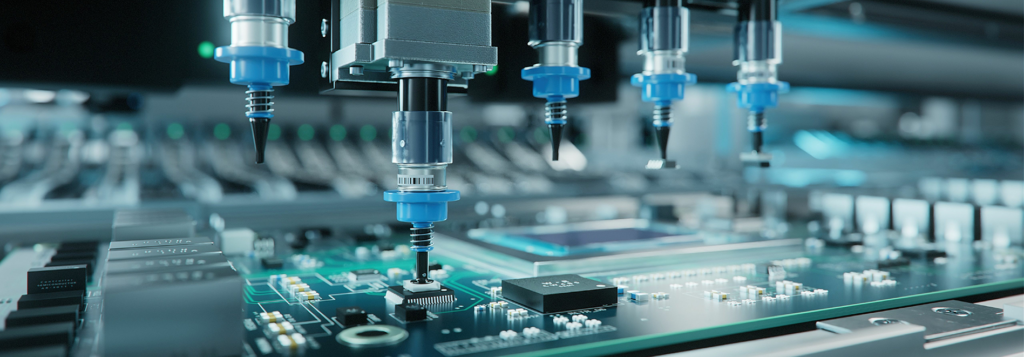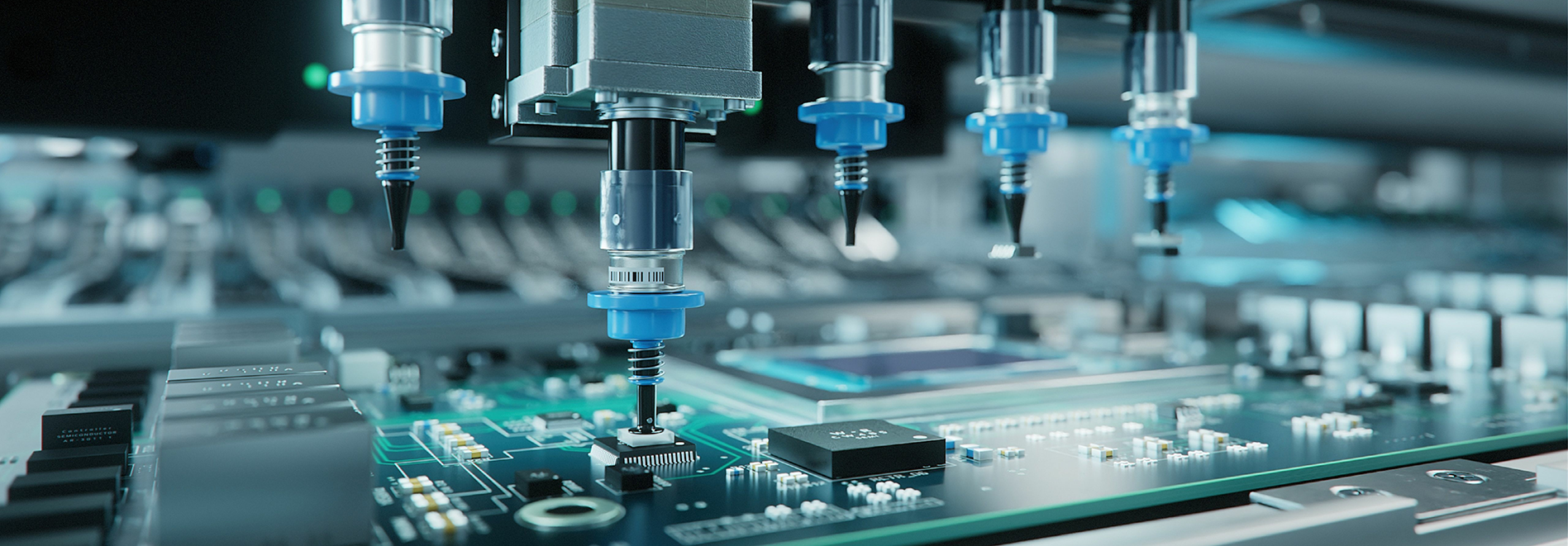
Voices of Innovation
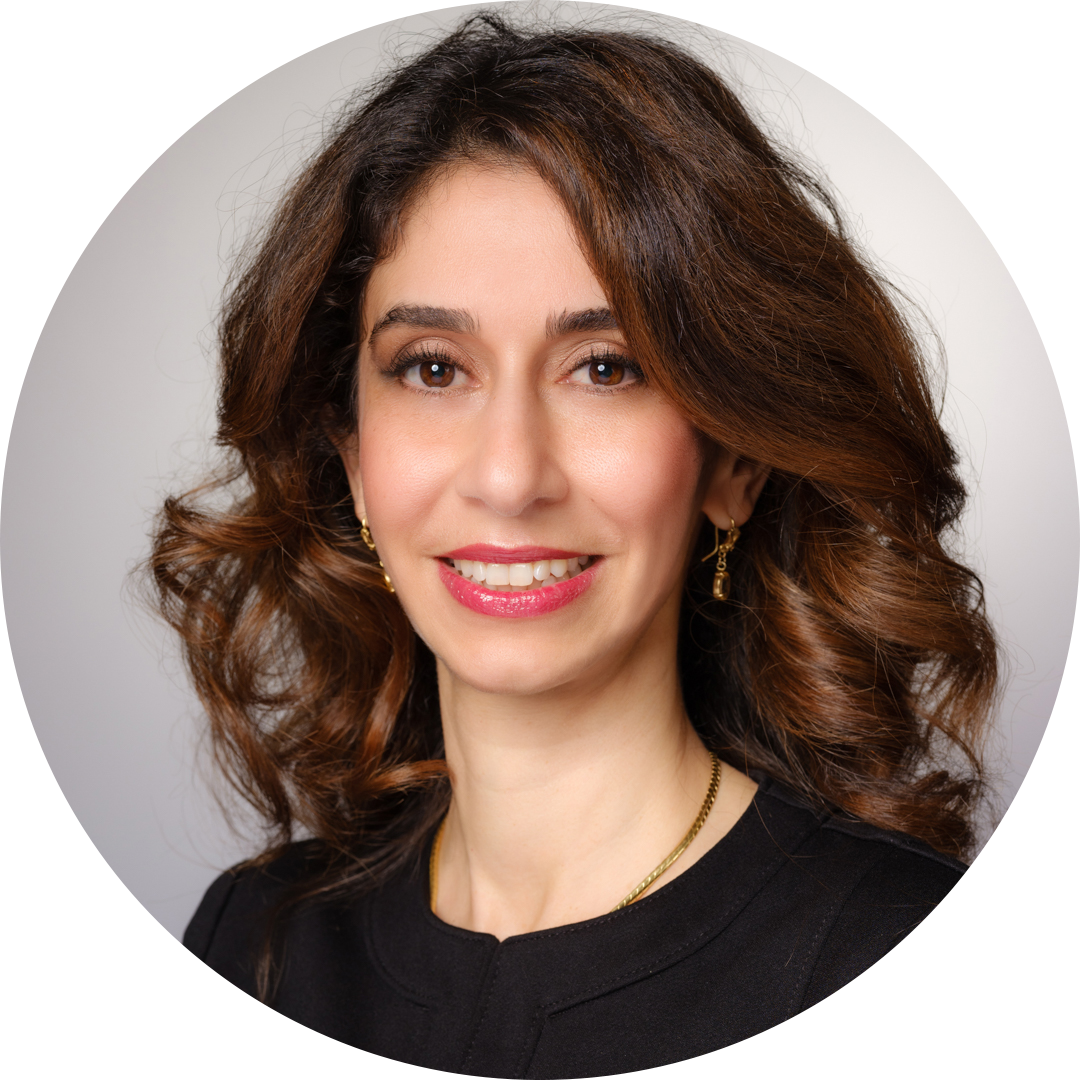 Sanaz Sheybani
Sanaz Sheybani
Sales and Application Engineer,
Leach International Corporation
“Our “Voices of Innovation” interview series spotlights key contributors at Leach International. We speak with engineers and leaders about their work in aerospace technology, their experiences at Leach, and their thoughts on future industry developments.”
Anhtai Tran, Director of Engineering
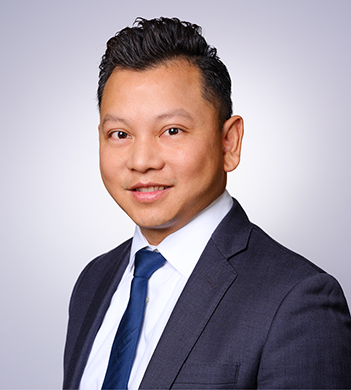
What do you consider the most significant technological advancement you’ve overseen since you started at Leach in 2005?
One of the most significant technological advancements I’ve overseen is the development of our high current 270 VDC Hybrid Contactor with arc suppressing technology. It’s crucial for the aerospace industry as it addresses a longstanding challenge in high voltage power systems – contact erosion due to arcing. Arcing significantly reduces the lifecycle of traditional contactors, leading to increased maintenance and the potential for system failures.
By incorporating high-voltage, solid state arc suppression technology, our hybrid contactor minimizes wear and tear when switching currents greater than 500 Amps. It also increases the cycle count to 50,000, ensuring greater reliability and longevity. This technology is especially important as aircraft primary power systems become more electrified, where safety, reliability, and efficiency are paramount.
Can you explain the importance of 270 VDC Solid State Power Controller (SSPC) technology for the aerospace industry?
This technology directly addresses the need for more efficient, lighter, and more reliable power distribution systems in modern aircraft. Traditional mechanical circuit breakers combined with relays are being phased out in favor of single, solid-state solutions, which offer faster protection response times, greater precision, and higher reliability. It’s critical for the advancement of the more electric aircraft (MEA), where high-voltage electrical power replaces traditional hydraulic and pneumatic systems. It brings significant weight reductions, improved fuel efficiency, and enhanced overall system integration.
Looking ahead, what do you see as the next big challenge in aerospace power distribution?
The next big challenge will be managing the increasing power demands of next-generation aircraft while maintaining or improving reliability and safety. The need for durable, high-performance components like our 270 VDC Hybrid Contactor will become even more critical. We’re focusing on advancing our arc-suppression technologies to 600-1000 VDC and exploring new materials and designs to further enhance the lifecycle and performance of our power distribution components. We are also investing in next-generation power electronics and modular architectures that can adapt to evolving needs. At the same time, we are developing smarter, more autonomous power management systems that can optimize performance in real time.
Are you exploring the potential of AI?
We’re beginning to explore artificial intelligence and machine learning’s potential. Recently, we’ve started investigating the use of AI, particularly machine learning, for internal applications related to diagnostic tools and arc-fault detection technology. We’re still in the exploratory phase, but we’re excited about the possibilities AI offers in enhancing the reliability and safety of our products.
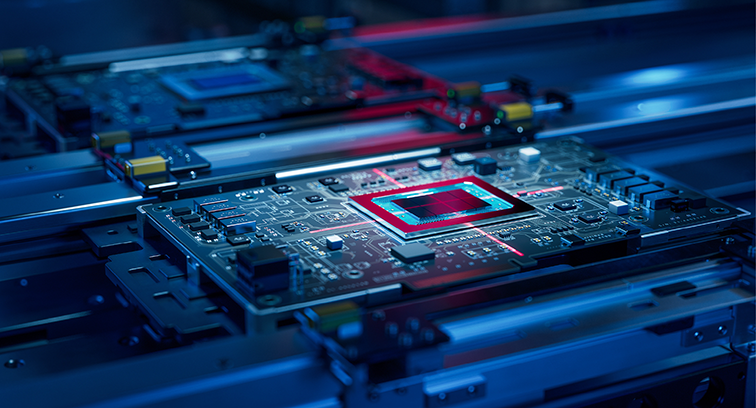
What challenges do you foresee in AI-based technologies for use in aircraft systems?
The certification of AI-based technologies presents a significant challenge for the industry as a whole. While we’re currently exploring AI applications in our production and manufacturing environments, the prospect of integrating AI into onboard aircraft systems raises complex regulatory questions.
The core issue is the nature of AI itself. These systems are designed to continuously learn and adapt, which is at odds with traditional certification processes. Typically, certification requires a fixed, deterministic system that can be thoroughly tested and validated. But AI is ever-learning and evolving technology. It’s dynamic, which makes it difficult to establish a fixed point at which we can say the system is complete and ready for certification.
What has your personal experience been like working at Leach?
I love it here. I’ve been with the company for 19 years, starting as an intern and progressing through various roles – from design to systems engineering, project management, and to where I am today.
It’s a good place to work because of the products we make. They’re always customized for the customer, not only standard offerings. Everything we do is customized for the end user, requiring rigorous testing and meeting difficult requirements. This pushes us to continuously develop new approaches, techniques, processes, and materials.
A lot of our programs are military-related, demanding rapid development schedules. We often use these projects as a proving ground before adapting solutions for the commercial market. This allows us to refine designs, reduce costs, and optimize for high-volume production. This variety and the challenge of creating cutting-edge solutions for demanding applications make Leach a dynamic and rewarding place to work.
It’s really exciting because management has always given us room to explore and try new things, encouraging us to stay curious. It’s helped me grow professionally and personally – I’ve never felt stuck in a corner or unable to make an impact.
As someone who has risen through the ranks, what advice do you have for engineers starting their careers?
“Focus on solving real-world problems and always keep the end user in mind. In aerospace engineering, reliability and durability are non-negotiable, and every design decision can have significant implications. Embrace challenges as opportunities to innovate and make a tangible impact.
Also, never underestimate the value of collaboration. The development of the 270 VDC Hybrid Contactor, for example, was a team effort that required input from multiple disciplines. Build strong relationships with your peers, seek out mentors, and always be open to learning new things. Your ability to work well within a team and to continuously adapt and learn will be key to your success in this field.”

Sanaz Sheybani
Sales and Application Engineer at Leach International Corporation
With a Master of Science in Electrical Engineering and certifications in project management, marketing, and operations, Sanaz brings expertise to Leach Corp. Fluent in English, French, and Persian, she excels in global communication. Previously, Sanaz led projects developing anti-icing windshield heaters for light commercial jets. Outside work, she enjoys travel, skiing, scuba diving, culinary adventures, and dancing.

